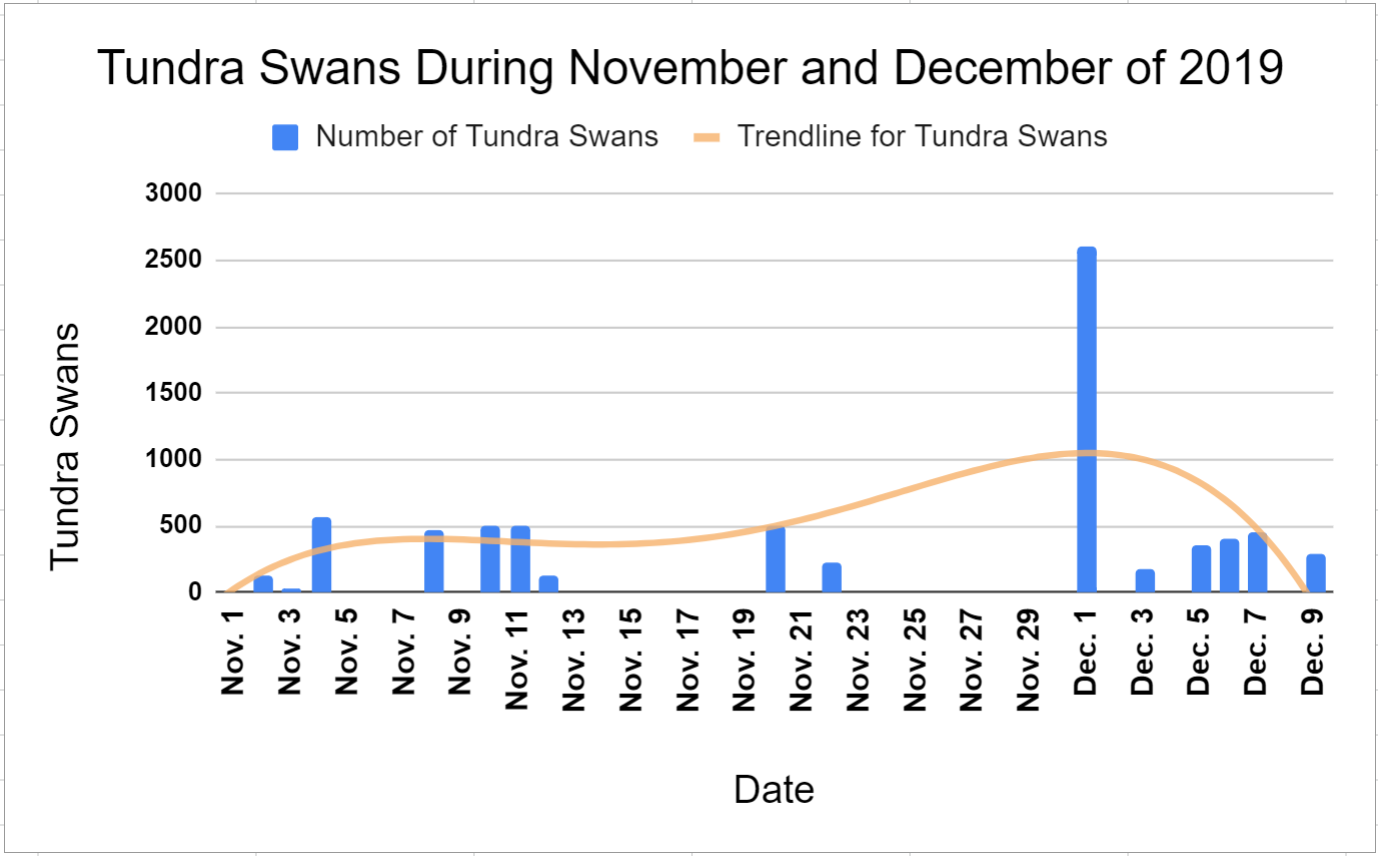Each year in Wisconsin, the chances increase that people across the state will see a whooping crane. Locally, reports surface almost every spring and fall, with whooping cranes mixing in with flocks of sandhill cranes. Just this last spring, a neighbor spotted a whooping crane down Prairie Lane, and though the reported bird was not technically within Faville Grove Sanctuary boundaries, it was right next door, finding stopover habitat along the Crawfish River. The conservation of the whooping crane marks a pivotal success story for North America’s tallest bird.
Whooping crane family. Photo by USFWS Midwest Region
For the most endangered crane in the world, a trip to the brink was almost a given during the start of the twentieth century in America when prairies were plowed, marshes drained, and market hunting boomed. By the mid-1940’s, the population had dropped to just 21 birds. Estimates indicate that the population prior to European invasion was interestingly only one to two thousand birds.
Federal action helped save the birds. In 1967, a captive breeding program started at Patuxent Wildlife Research Center in Maryland. Many of the captive-reared birds were successfully reintroduced into the wild population, which had breeding grounds in Canada at Wood Buffalo National Park, and overwintered on the Texas coast at Aransas National Wildlife Refuge.
A whooping crane and two sandhill cranes. Photo by USFWS Midwest Region
Although population numbers were increasing, the eggs raised at Patuxent were still being poured into one basket. The lone wild population of whooping cranes were vulnerable to catastrophic events—whims of weather, predators, or trigger-happy humans. A new flock had to be produced, and initial tests with whooping cranes following sandhill cranes on migration failed. Whooping cranes became romantically interested in sandhills, and female whooping cranes became uninterested in breeding entirely.
Bold steps over the next few years led to the production of a new breeding ground at Necedah National Wildlife Refuge in Wisconsin. Once translocated and acclimated, the birds there were led by a manned ultralight aircraft; they had to be taught how to migrate! This learned migration has been successful, and the birds followed the aircraft to Florida, then returned of their own volition the next spring.
Operation Migration in action. Photo by USFWS Midwest Region, 2011
The captive rearing of birds to be introduced into the wild also took an unexpected turn. In order for the birds to avoid imprinting on humans, the humans had to dress as whooping cranes, donning white robes with long sleeves, where a beak would protrude from the human’s hand to feed the young colts. The work of rearing the young in captivity was conducted at Patuxent as well as the International Crane Foundation.
A captive whooping crane at International Crane Foundation
Today, whooping crane numbers stand at around 600 birds, with a number of different populations, including non-migratory populations in Louisiana and Florida. While drastic interventions to save the bird were successful, those birds that have been introduced into the wild have struggled to reproduce. Reproductive output of these birds is very low, and they seem to lack good enough parenting skills to protect their young. For this reason, as well as budget cuts, the program at Patuxent was closed. In addition, the ultralight aircraft flight, known as Operation Migration, has also stopped. Captive rearing and introduction programs continue at the International Crane Foundation in Baraboo, Wisconsin and at the Calgary Zoo in Canada.
Former interns at Faville Grove have now worked to help save the whooping crane, working with captive birds at the International Crane Foundation. They have continued Aldo Leopold’s legacy of conservation at Faville Grove, to perpetuate the crane marsh, as Leopold says in his essay “Marshland Elegy” (written about Sandhill cranes but nonetheless applicable).
On motionless wing they emerge from the lifting mists, sweep a final arc of the sky, and settle in the clangorous descending spirals to their feeding grounds. A new day has begun on the crane marsh.
Written by Drew Harry, Faville Grove Sanctuary land steward





























